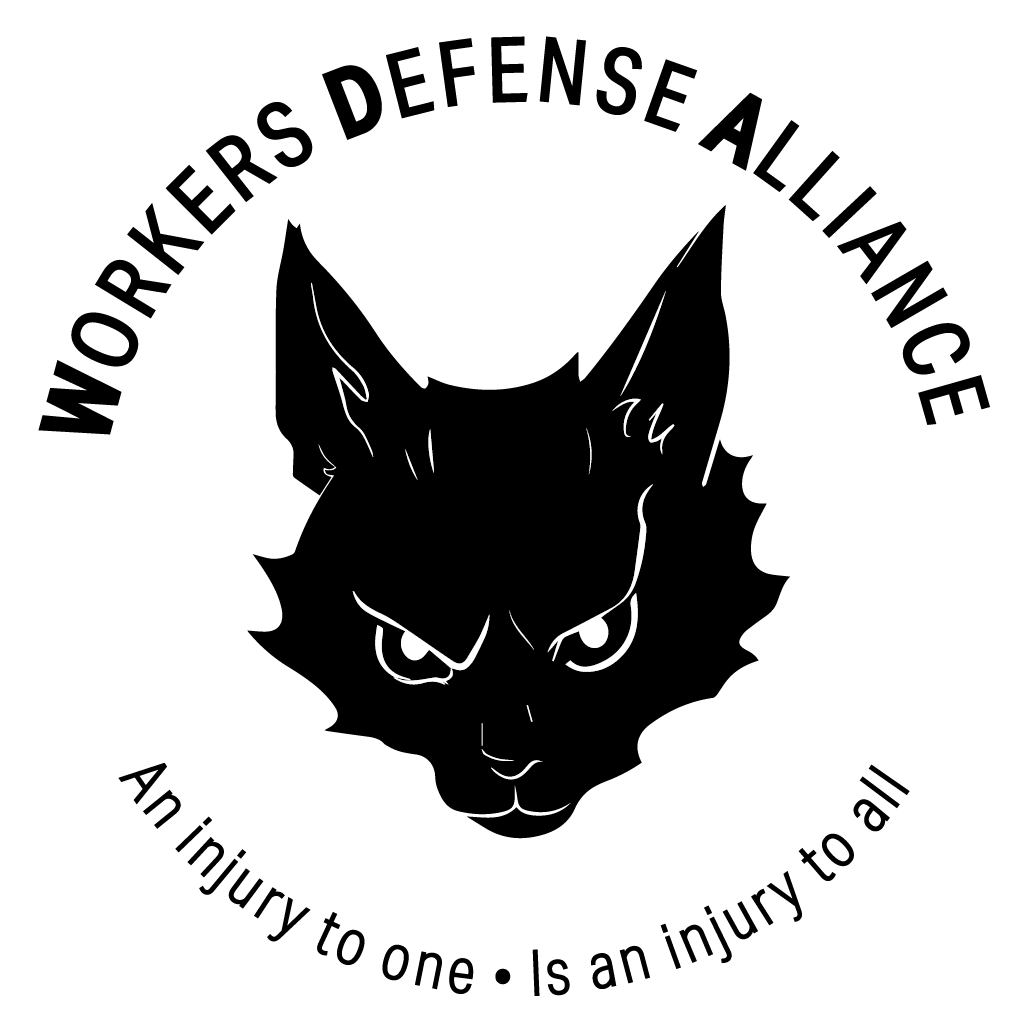As the summer born in flames nears its end in Minneapolis, the counterinsurgency playbook plays out much as expected. As symbolic concessions are granted all over, the material reality of racist police violence driven by propertied interests continues. The city council, aided by the nonprofit industrial complex, are walking back their earlier, abolitionist promises. Mass arrestees have mostly seen their charges dropped (though I have not, likely in part because the police know me as anarchist), and the prosecutors are focusing on those charged with felonies while highlighting to the media those who can be painted as outside agitators.
The MPD, meanwhile, are reestablishing their public standing by portraying themselves as the protectors of the respectable residents from the homeless, as the sanctuary movement has taken parks across the city for the large number of people rendered unhoused in our gentrifying city. The media is running stories on how the crime proves we need the MPD- even though the police are manifestly failing to address those harms, as always. The MPD is cynically using the presence of crime in the camps to justify evicting houseless people, rendering them even more vulnerable. They have never protected the unhoused or working class residents- and the community self defense groups who are taking action to address the roots of violence in their own neighborhoods are proving more effective. New models of community problem solving, conflict resolution, and preventing and responding to harms are being modeled in the neighborhoods, especially the barricaded blocks of 18th ave where interracial groups working class residents have organized block watch groups, gardens that reclaim shooting-heavy streets, and other projects to reduce violence in their neighborhoods. The autonomous space at George Floyd Square has undergone similar demonization to the camps by cops and media who never cared for the residents there- while residents and their accomplices in rebellion model mutual aid and mutual protection.
The main center of militancy in Minneapolis has shifted to eviction defense- of the autonomous spaces, community defense barricades, homeless camps, and of apartments in anticipation of the looming mass evictions when the pandemic eviction protections and stimulus payments end. Tenant committees formed at the beginning of the pandemic are evaluating their strategies and digging in for a longer haul. The struggles to defend the sanctuary movement are seeing mobilizations multiple times a a week to different camps- building not only off of the sanctuary movement itself but also off of the copwatch groupings. As racist police terror in the Cities is often driven by the needs of property developers to police and gentrify neighborhoods, and as evictions are police brutality, the one struggle flows organically into the other- as in fact they are not separate struggles.
In the insurrectionary phase, in June, the rebels flowed like water and kept the cops penned up mostly on Lake Street and Downtown, to beat the crowds and defend capital. In this phase, battles are being fought over spaces scattered across the city. It is crucial for the city establishment to clear these spaces, because they are being held by a community in rebellion in direct opposition to the property of the state and of wealthy parties. It is crucial for us to defend them, and expand the contesting of space beyond them.
